Panic Attack vs. Anxiety Attack: 5 Crucial Differences
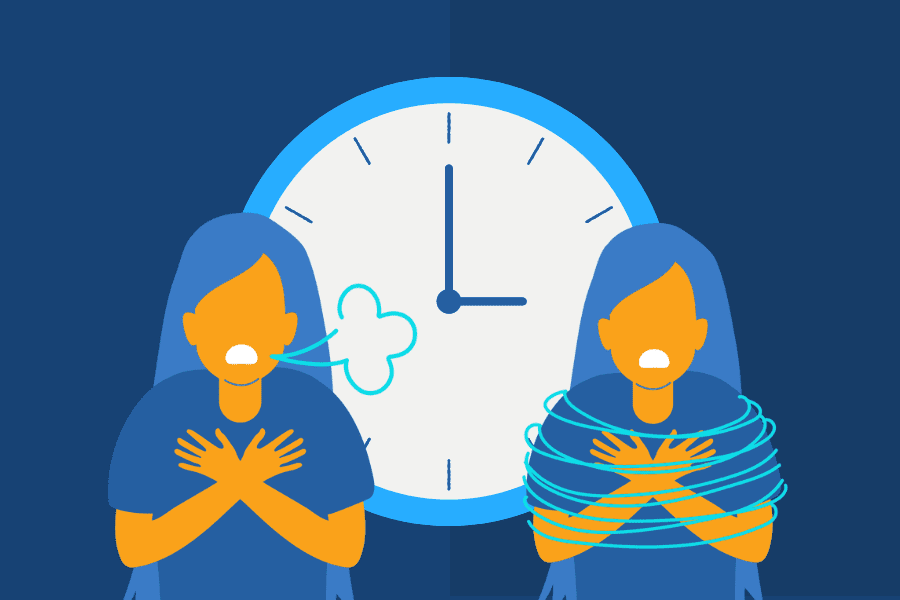

A panic attack is a sudden fear, discomfort, or a sense of losing control.
Panic attacks can occur at any time and can be as frequent as several times a day or a few times a year.
People with panic disorder experience unexpected, sudden, and frequent panic attacks.
When panic disorder goes untreated, it can make daily life and responsibilities very difficult. However, panic disorder is treatable, and there are ways to help cope with and manage panic attacks.
A person experiencing an anxiety attack will experience feelings of worry, fear, and distress.
Anxiety attacks are not clinically recognized in the DSM-5. However, it does acknowledge anxiety as a symptom of various mental health disorders, including:
Because anxiety attacks are not diagnosed, the signs and symptoms can be interpreted differently from person to person.
However, anxiety attacks often occur as a response to specific triggers or stressors and can build up over time.
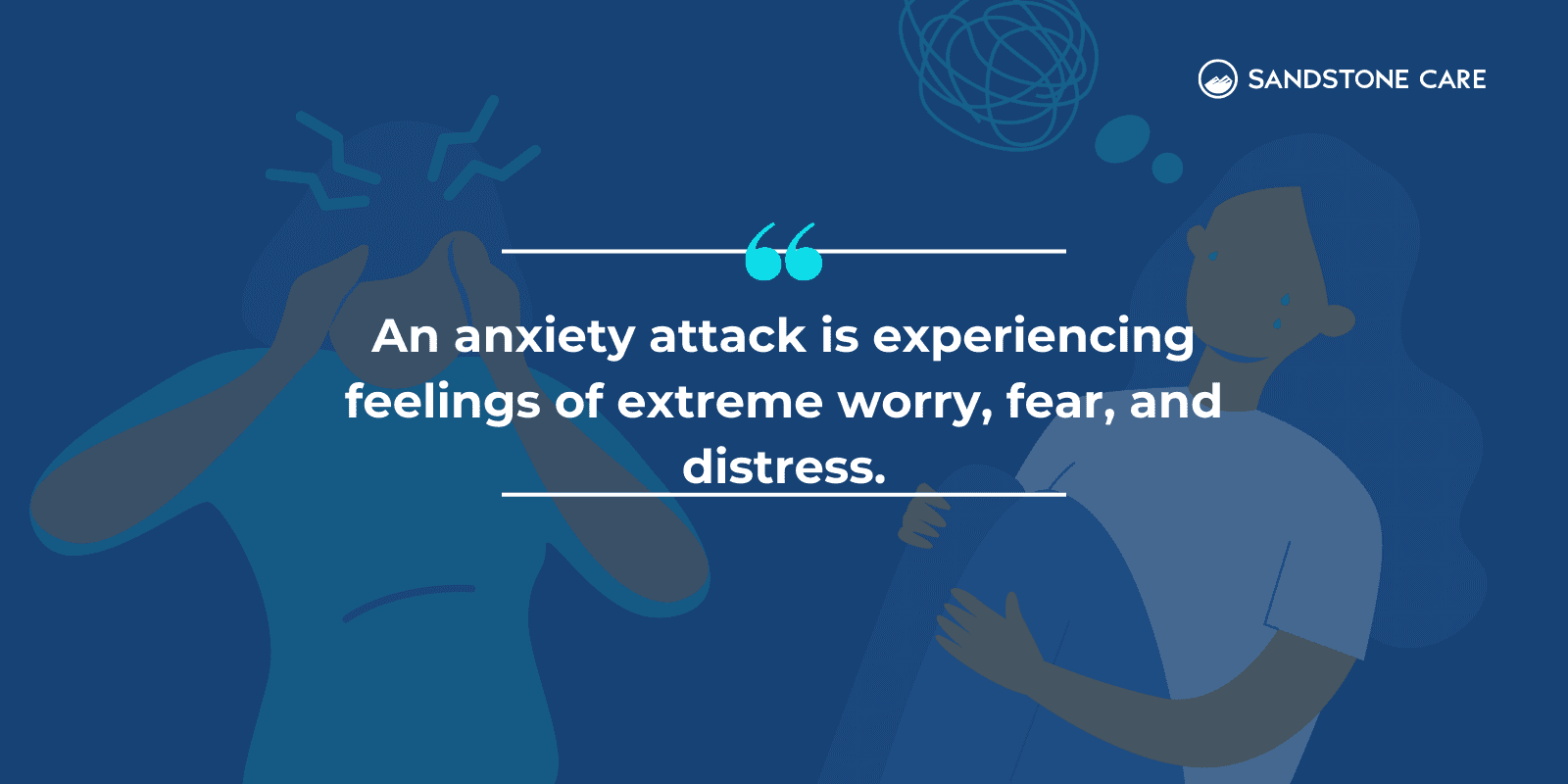
Both panic and anxiety attacks can cause distressing and uncomfortable feelings.
Some people refer to anxiety attacks and panic attacks as the same thing, but they are different conditions.
A panic attack occurs suddenly and involves intense fear. A person may experience physical symptoms that can include a fast heartbeat, shortness of breath, or tightness in the throat.
They may also have a fear of dying or losing control.
Anxiety attacks share similar symptoms but are usually caused by anticipating a stressful situation or experience.
An example of an anxiety attack could be when someone knows they must go up in front of a group of people and talk.
This event might cause anxiety or worry to gradually increase as they approach the situation.
With a panic attack, a person may have recently been experiencing stress at work, school, or home.
As they go about their daily routine, get home, eat dinner, and get ready for bed, they may suddenly feel overwhelmed with distressing feelings.
They may feel their heart rate increase out of nowhere, feel out of breath, and start to shake. They may begin to fear that they will die or that they are losing control over everything.
The difference between the two is that with an anxiety attack, there was a definitive trigger, and it came on gradually. A panic attack it occurred suddenly and unexpectedly without a specific trigger.
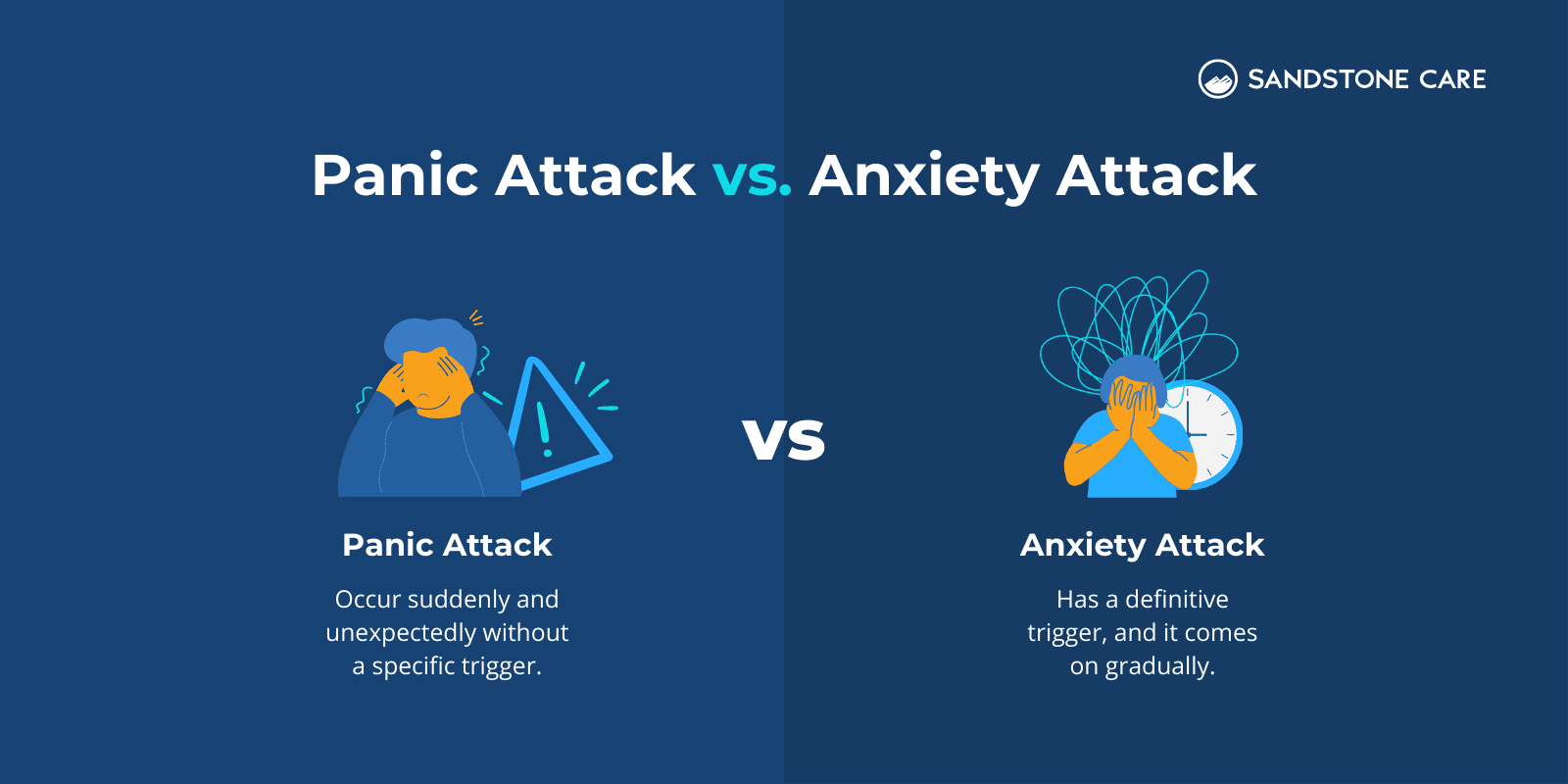
Yes, a person can have an anxiety attack and a panic attack at the same time.
Sometimes when a person’s anxiety worsens, it can develop into a panic attack.
A person is more at risk for panic attacks if they have:
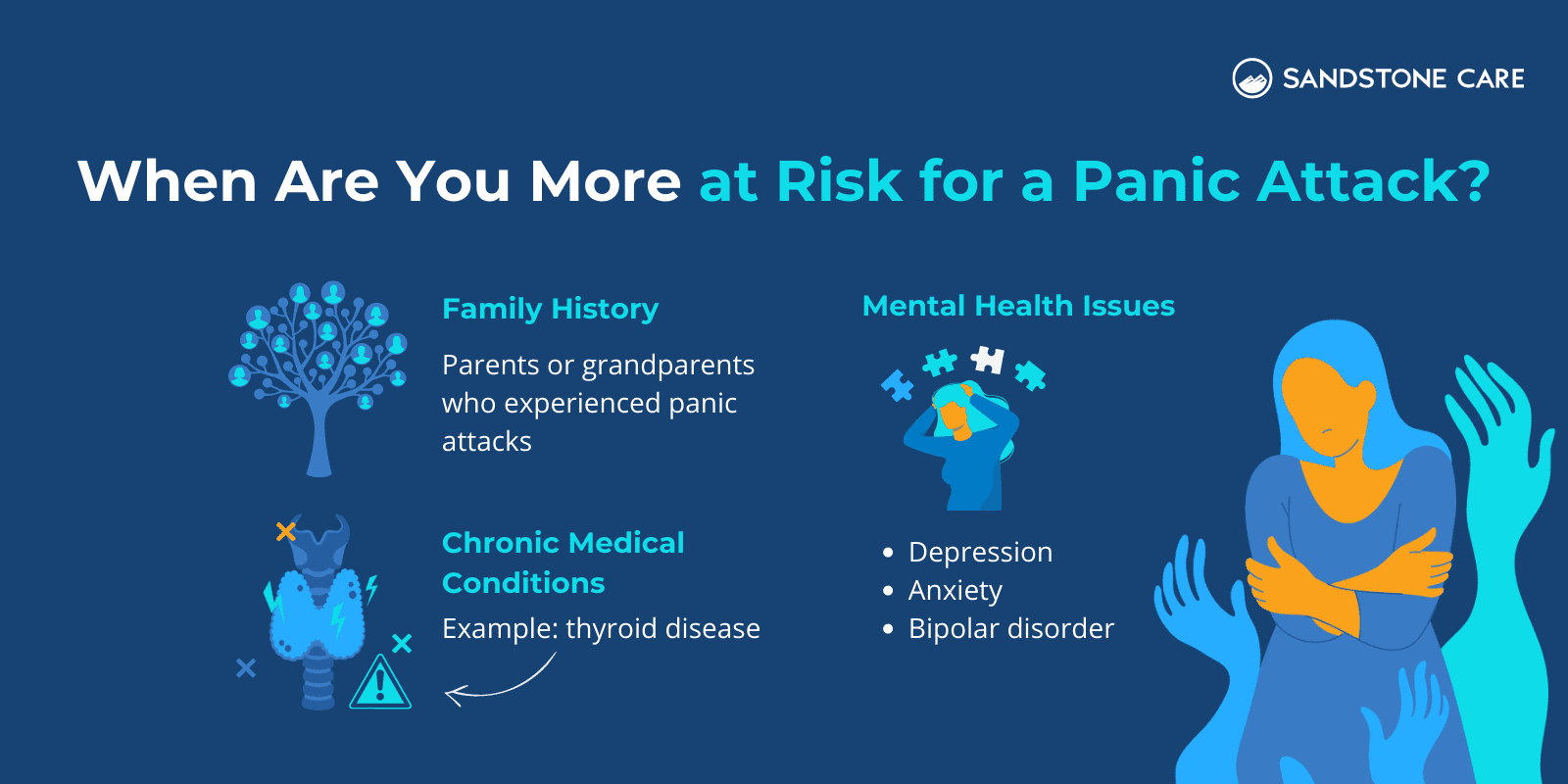
Physical symptoms of an anxiety attack can include:
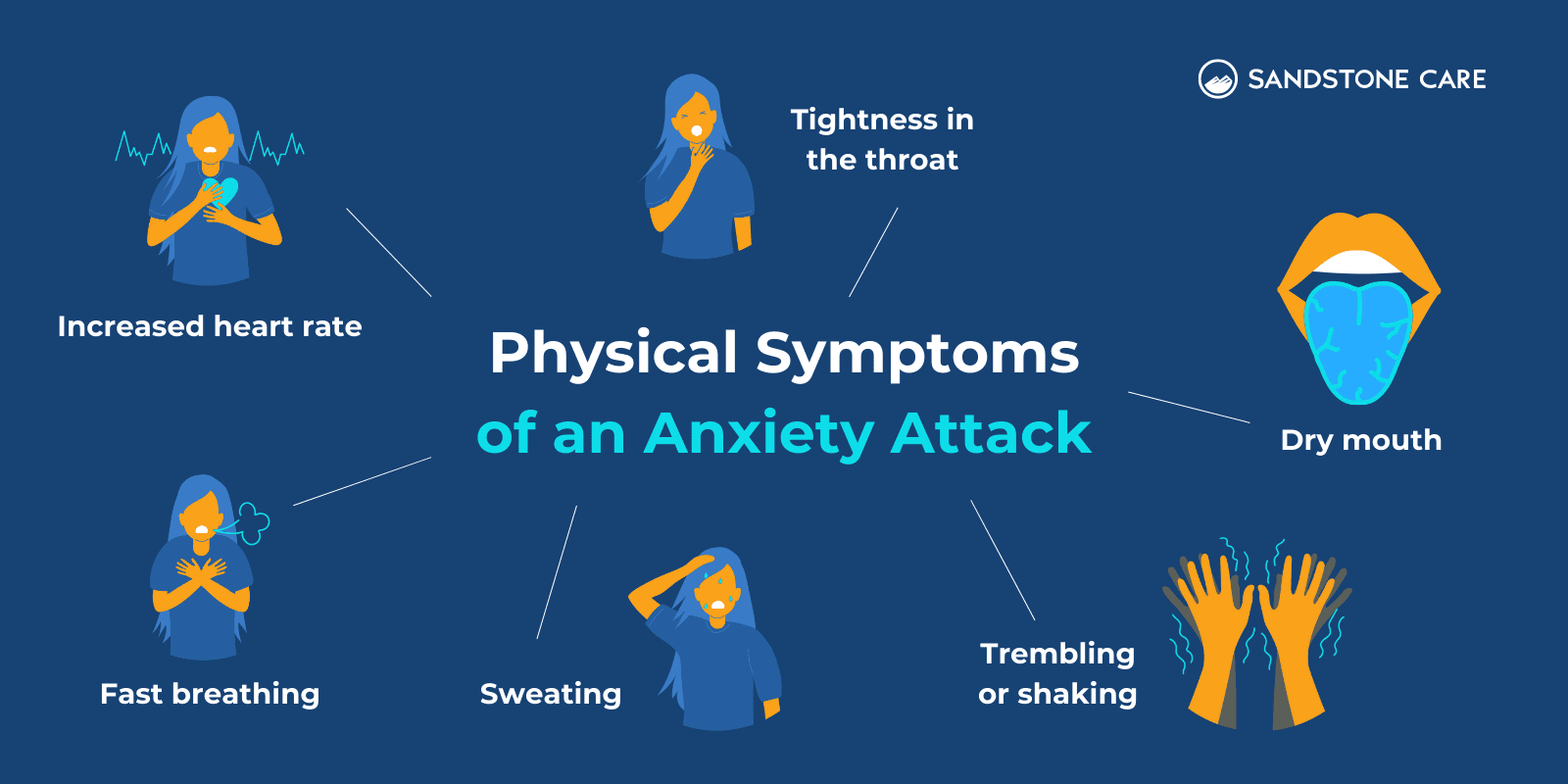
Cognitive symptoms of an anxiety attack can involve:
Emotional symptoms of anxiety attacks can include:
Physical symptoms of a panic attack can include:
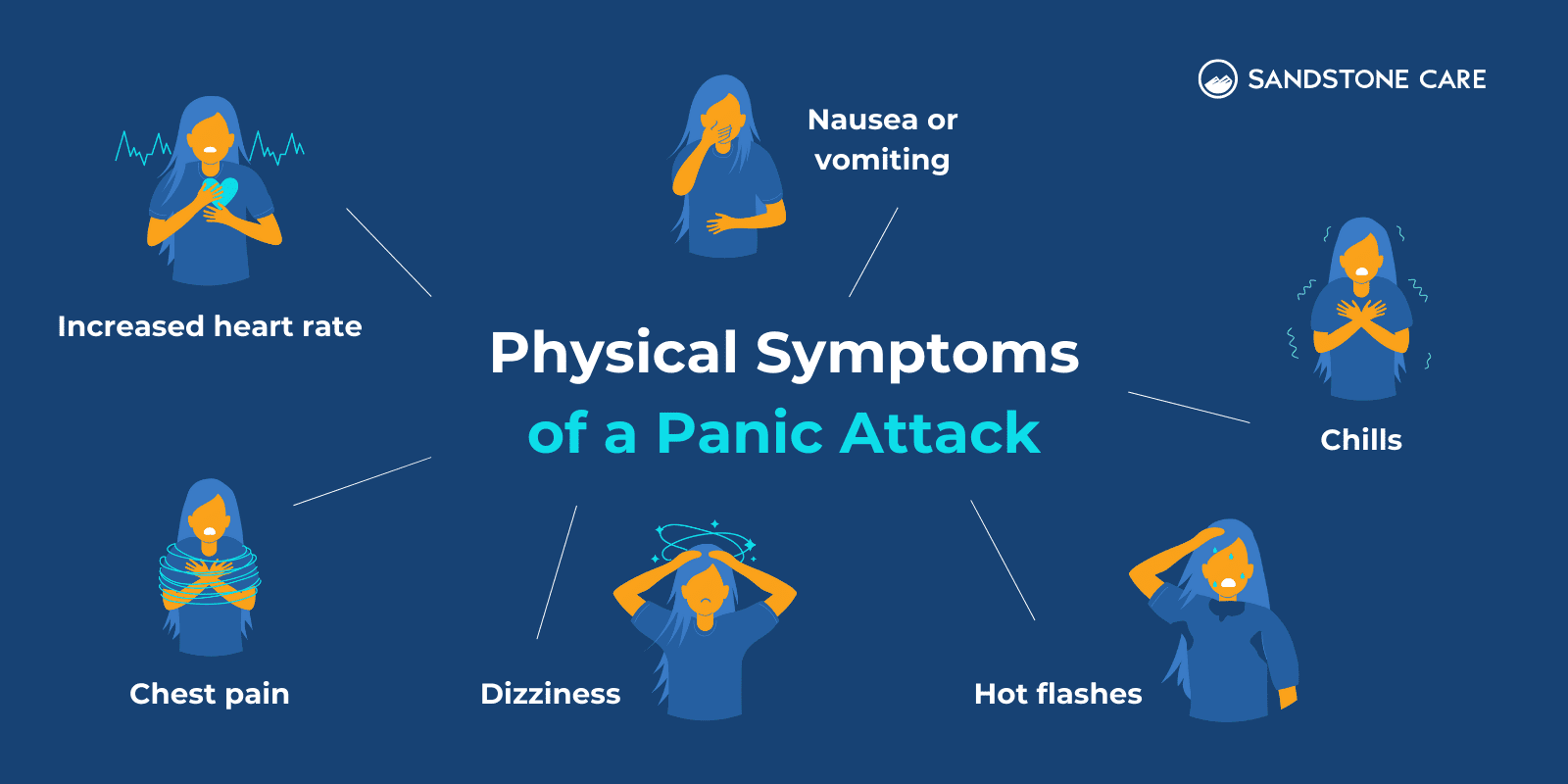
Cognitive and emotional symptoms of a panic attack can also include:
4 common signs of a panic attack can include:
If you or a loved one are experiencing the signs and symptoms of a panic attack, reach out for help and talk to a mental health professional.
When a person feels that their anxiety is affecting their everyday life, they should seek professional help.
Other signs that it may be time to get help for your anxiety can also include:
If you are concerned about your anxiety, reach out to someone you trust and connect to professional help.

A silent panic attack includes internal symptoms like fear of loss of control, chest pain, shaking, dizziness, difficulty breathing, increased heart rate, lightheadedness, numbness of extremities, nausea, feelings of detachment, and/or hot flashes. However, they do not come with external symptoms making it difficult for others to recognize the attack.
For example, a person experiencing a silent panic attack may feel their heart rate increase or become dizzy, but it may not seem like they are going through anything on the outside.
Anxiety attacks usually last between a few minutes to half an hour.
Anxiety attacks also tend to occur gradually.
A panic attack can range from a few minutes to several hours.
Panic attacks are usually sudden and unexpected and feel like an overwhelming rush of distressing feelings.
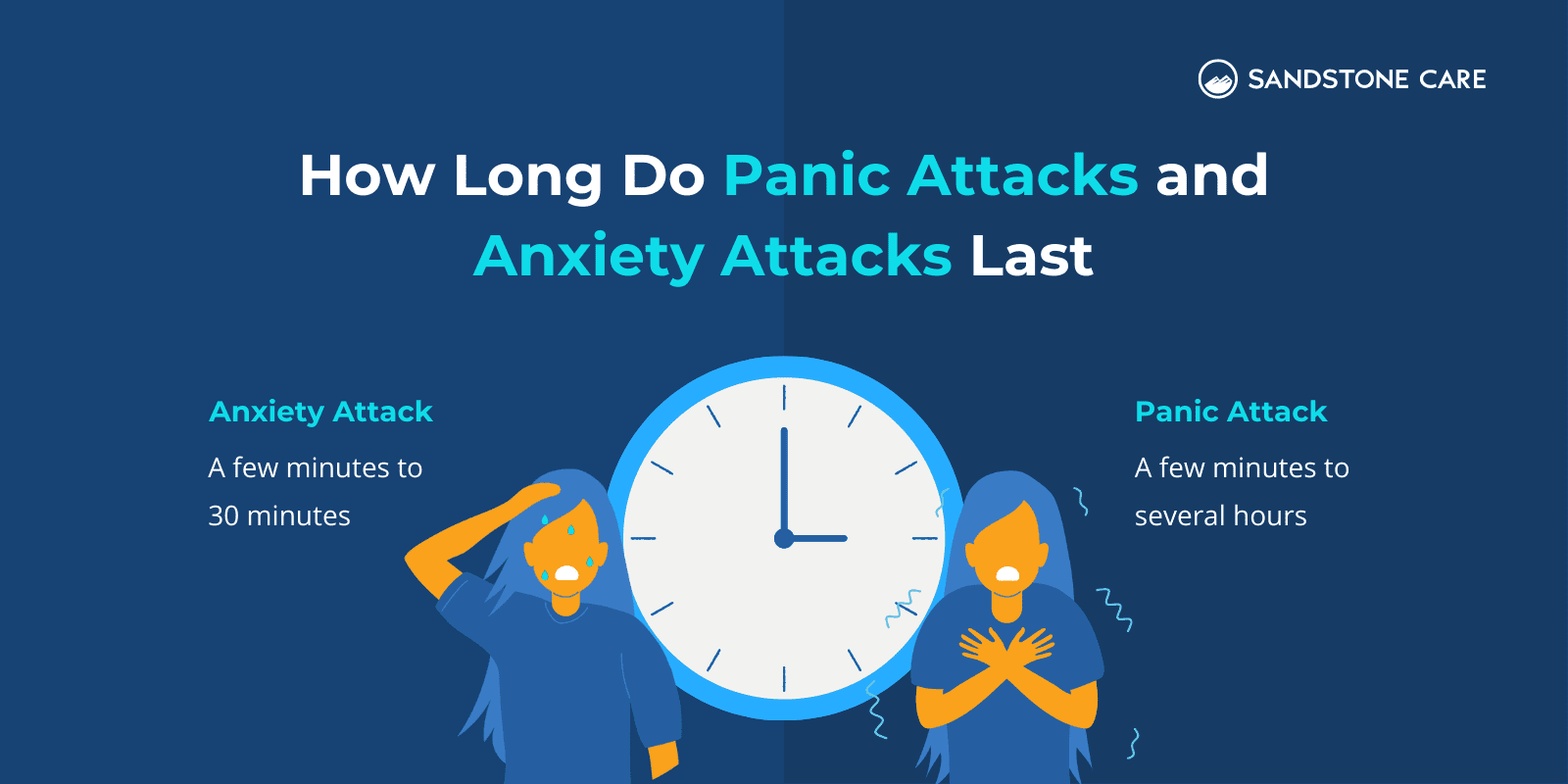
Panic and anxiety attacks share similar symptoms but are two different things.
Panic attacks are usually more intense than anxiety attacks and can last longer. They are also recognized by the DSM-5, whereas anxiety attacks are not.
Additionally, panic attacks can occur with or without a trigger, while anxiety attacks are responses to a trigger. Also, panic attacks are sudden and unexpected, while anxiety attacks tend to occur gradually.
Anxiety attacks and panic attacks often have similar triggers.
The causes of anxiety attacks and panic attacks can include:
Identifying the root cause of the anxiety or panic attack is important to find the best treatment.
Sometimes, it can be hard to tell what the exact cause of a panic attack is because they come on unexpectedly.
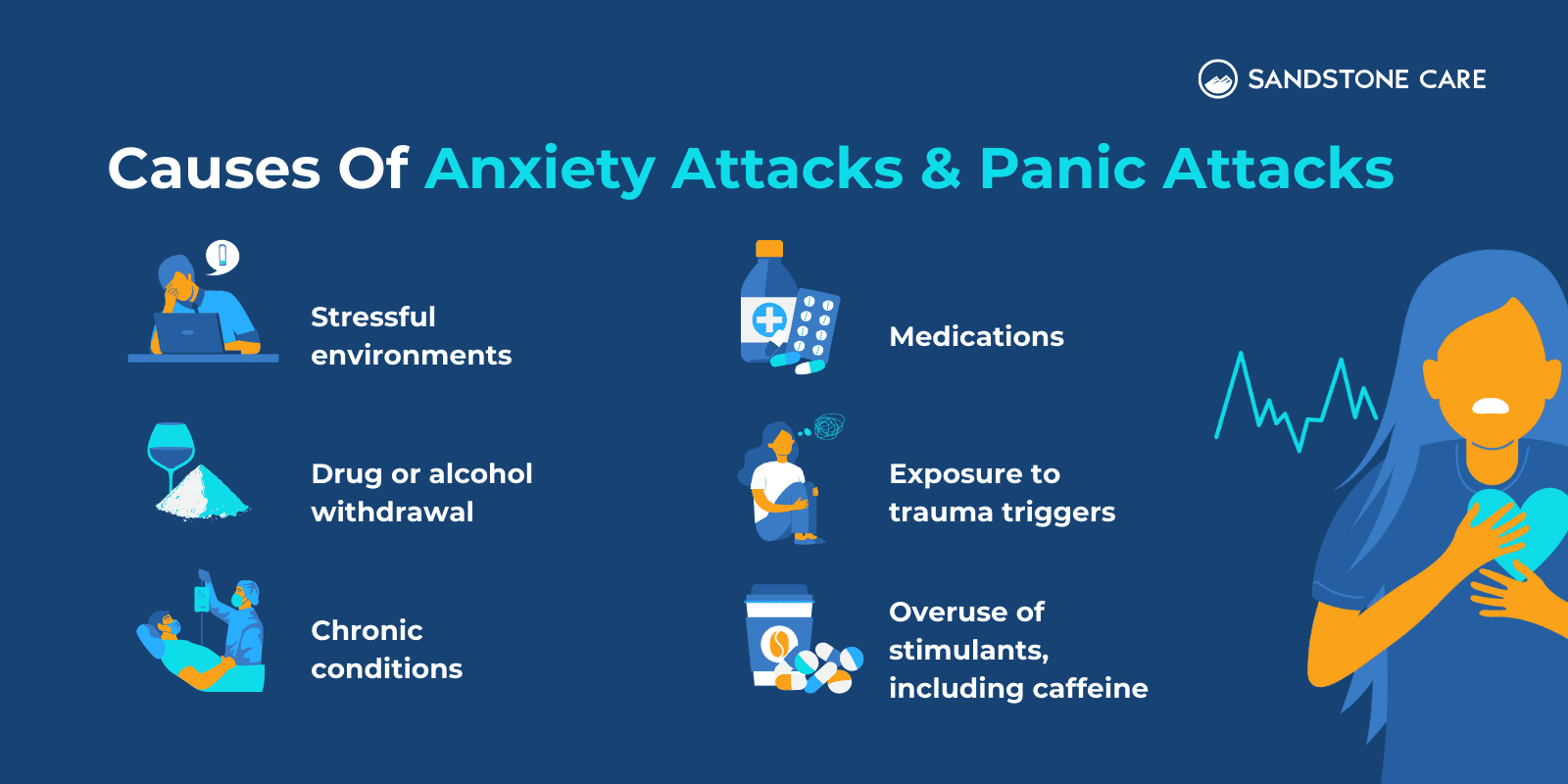
One of the key differences between panic attacks and anxiety attacks is that panic attacks can come with or without a trigger, and anxiety attacks are usually a response to a perceived threat.
Because of this, it can be hard to identify what is triggering a panic attack, whereas anxiety attacks have more definitive triggers.
Common triggers for both anxiety attacks can involve:
When a person’s body is faced with perceived danger or stress, the “fight-or-flight” response is triggered.
A panic attack is believed to occur when this response is triggered, but there is no apparent danger.
This response activates the sympathetic nervous system through a sudden release of hormones, and then when the threat is gone, the body returns to its normal levels after about 30 to 60 minutes.
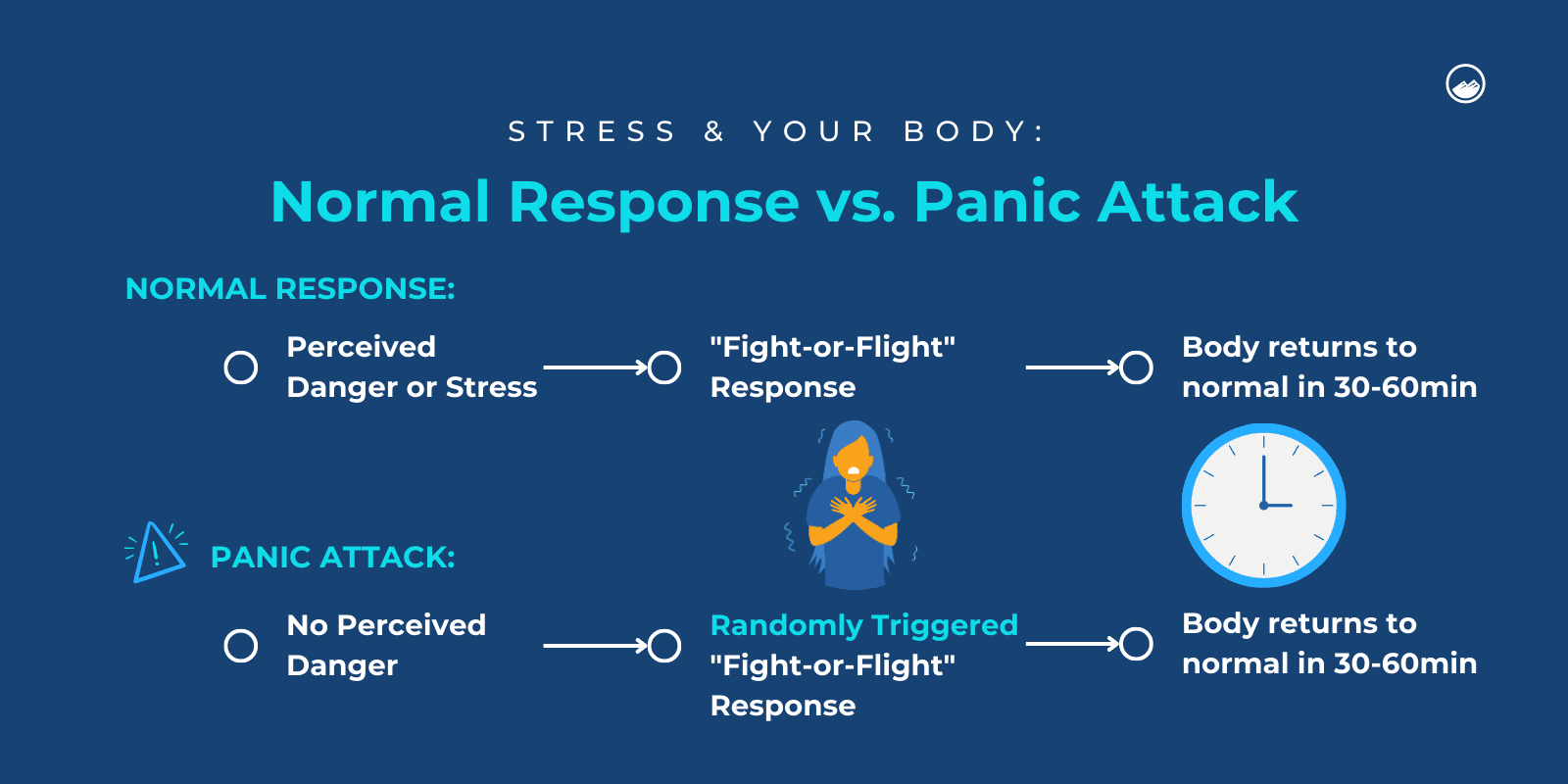
Anxiety disorders often involve distressing feelings, including fear, worry, and panic.
A person with an anxiety disorder may experience panic attacks.
This is one of the reasons why seeking help to identify the underlying cause of panic attacks is important so that a person can receive proper treatment.
Triggers for panic attacks can vary from person to person, but common triggers can include:
Substance use and addiction affect a person’s physical and mental health. A lot of times, people may turn to substances as an unhealthy way to cope with difficult feelings and situations, but it only makes the matter worse over time.
Seeking professional help and working with a therapist can help a person identify triggers and learn how to cope with them healthily.
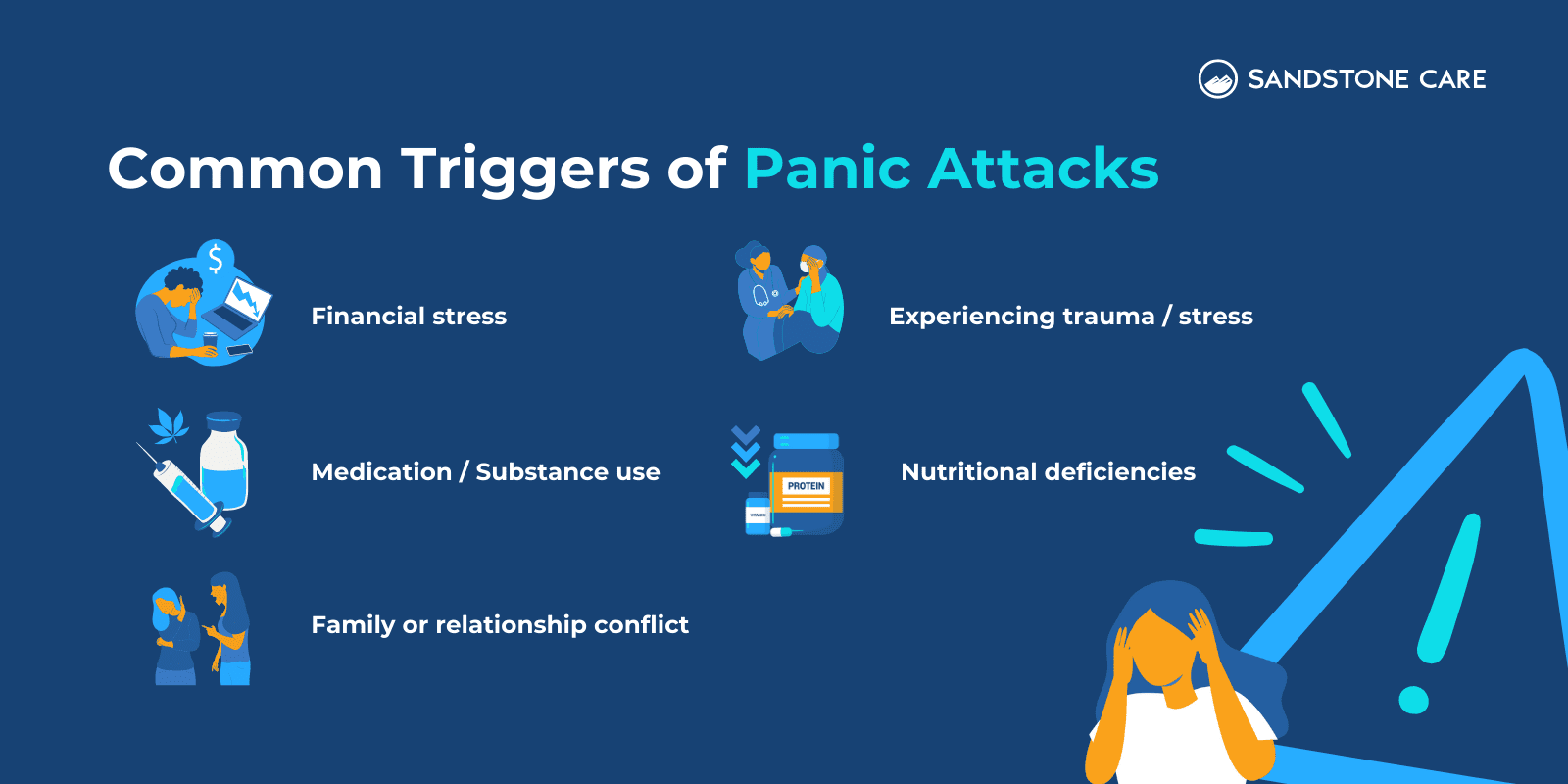
A blood test doesn’t detect panic attacks but can help rule out heart attacks or other conditions.
If you are experiencing panic attacks, a healthcare provider will probably do a blood test to help eliminate other possible causes.
Panic attacks come unexpectedly and suddenly.
Some triggers may not be as obvious as others.
For example, a person may be going through a long period of stress and find themselves suddenly experiencing panic attacks when they rarely did before.
At the moment, it may feel that the panic attacks came out of nowhere, but after looking back, a person may begin to recognize that they had been under great amounts of stress, which put a strain on their mental health.
If you suddenly have panic attacks, it is important to seek help to identify the root of the problem.
When panic disorder goes untreated, panic attacks can impact a person’s day-to-day life and make it hard to keep up with everyday responsibilities.
A doctor or mental health professional can diagnose a panic disorder, panic attack, or anxiety disorder based on the Diagnostic and Statistical Manual of Mental Disorders (DSM-5) definitions.
Anxiety attacks cannot be diagnosed because they are not clinically defined in the DSM-5, but a mental health professional can identify and diagnose symptoms of an anxiety disorder.
To diagnose anxiety disorders, panic disorders, or panic attacks, a doctor will go over symptoms and life events, along with a psychological examination, physical examination, blood tests, and heart tests.
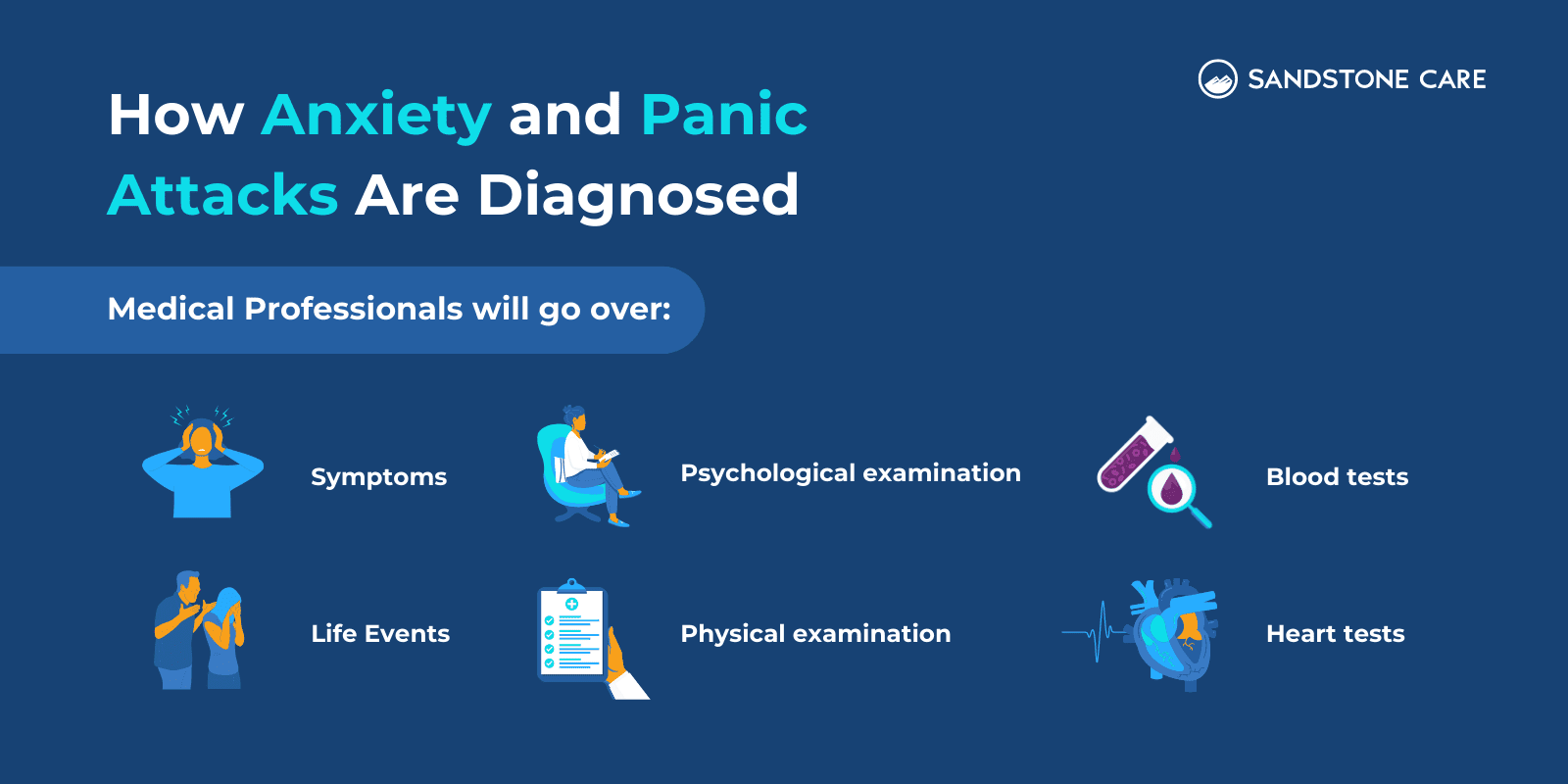
A doctor may prescribe medications to help manage symptoms of panic disorder.
Common medications that are prescribed include:
Beta-blockers are medications that can help manage some of the physical symptoms of panic disorder but are not commonly prescribed by health care providers.
Talk therapy, like cognitive behavioral therapy (CBT), can help people with anxiety disorder manage their symptoms.
Mental health professionals do not diagnose anxiety attacks themselves, but if a person is experiencing anxiety attacks, talk therapy can help them understand the root cause of the problem and address it.
For some people, medications like benzodiazepines can effectively manage anxiety disorder symptoms.
Psychotherapy, also known as talk therapy, is a common and effective treatment for panic disorder and panic attacks.
Psychotherapy can help a person understand and identify their triggers and learn how to restructure their negative thoughts and feelings.
Talk therapy can also help teach a person healthy coping skills for managing symptoms of panic disorder and panic attacks.
Cognitive behavioral therapy (CBT) is a common form of psychotherapy that is used to treat panic disorder and can help a person learn different ways of thinking and reacting to the feelings that happen before and during a panic attack.
Additionally, exposure therapy is a CBT method that involves confronting the fears and beliefs that may be associated with panic disorder and helps a person cope and restructure these beliefs.
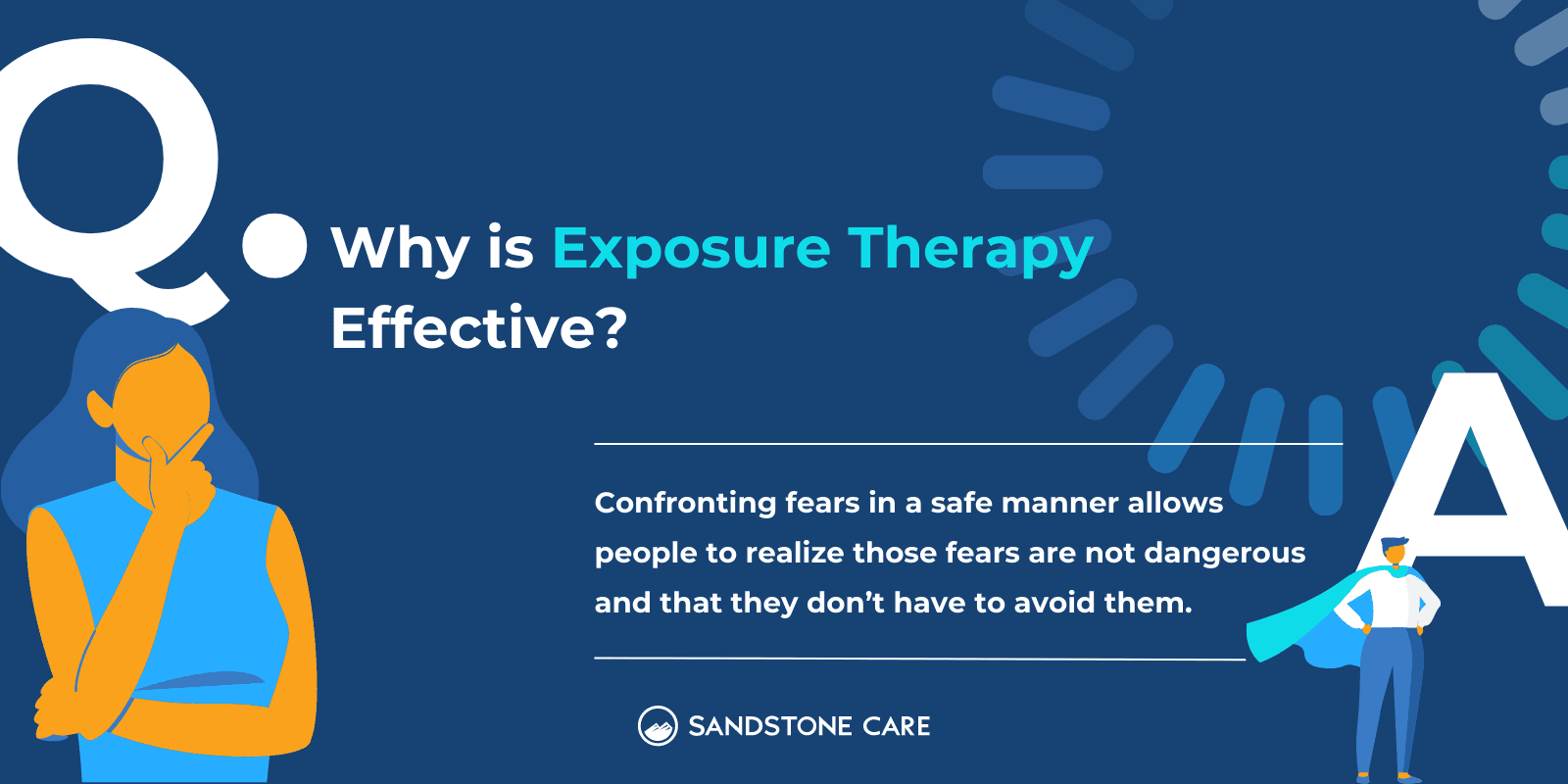
Selective Serotonin Reuptake Inhibitors (SSRIs) are an FDA-approved medication for panic disorder.
Common SSRIs include fluoxetine, paroxetine, and sertraline.
Benzodiazepines are also a medication used to treat generalized anxiety disorder, panic disorder, and seizures.
Not every panic attack requires immediate medical attention.
However, if you or a loved one are experiencing severe symptoms, cannot control them, or feel that it is getting worse, you should seek help.
If you believe someone may be experiencing a heart attack or are in danger, call 911.
A person should seek medical attention if their symptoms are worsening and getting out of control.
Additionally, if anxiety has had a negative impact on your daily life, it is a sign that you should seek professional help.
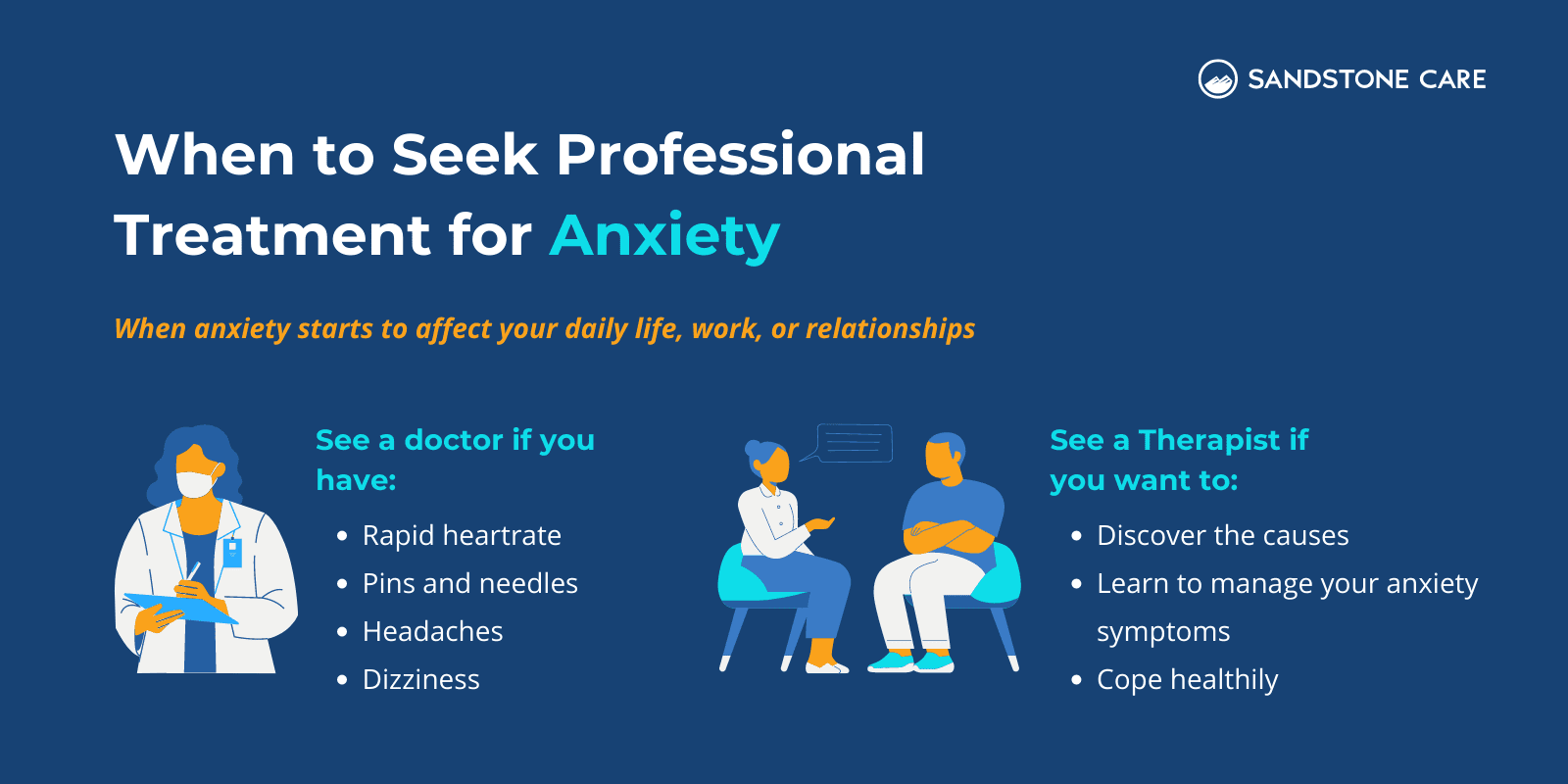
The ER can help a person manage symptoms through breathing techniques and, sometimes, with medication.
There are coping skills that can help a person get through an anxiety or panic attack.
A big part of therapy for anxiety disorder and panic disorder is learning healthy ways to cope with difficult feelings and situations.
These skills and techniques can include:
FAQ
Our goal is to provide the most helpful information. Please reach out to us if you have any additional questions. We are here to help in any way we can.
According to The Primary Care Companion To The Journal Of Clinical Psychiatry, panic attacks can cause symptoms like chest pain and may be related to cardiovascular issues in some cases.
Panic attacks may be seen on an Electrocardiogram or an EKG because they can cause an increase in a person’s heart rate.
An ER doctor can help a person go through breathing exercises to get some of the symptoms under control, and if necessary, they may prescribe anti-anxiety medication.
While it is rare, it is possible for a panic attack to cause a heart attack.
If you think a person may be experiencing a heart attack from a panic attack, call 911.


Panic attacks and anxiety attacks can both cause symptoms that involve fear, worry, and distress. It is important to address the underlying cause. Sandstone Care is here to support teens and young adults with mental health and substance use disorders.